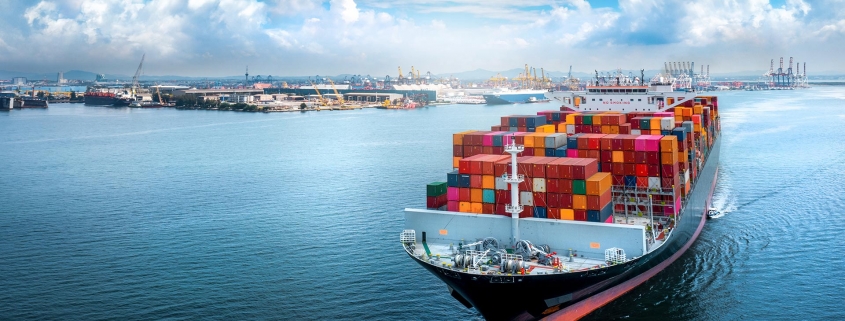International Logistics: How to Address Risks in Globalized Supply Chains
Hello everyone! Today, we’re going to discuss an important topic: how to mitigate the risks of a globalized supply chain. In the global business environment, the supply chain faces various potential risks and challenges. For international logistics, it is crucial to understand and address these risks. Now, let’s analyze some hot topics and explore how to manage the risks of a globalized supply chain.
Firstly, one of the main risks faced by a globalized supply chain is geographic risks. There are geographical differences between countries and regions, such as natural disasters, political instability, and unreliable transportation. To address geographic risks, supply chain management needs to conduct risk assessments and planning, establish alternative suppliers and backup logistics routes to deal with unexpected circumstances.
Secondly, visibility and transparency of the supply chain are key to managing global risks. The supply chain involves multiple stakeholders and encompasses flows of information, goods, and funds. Lack of visibility and transparency can lead to information asymmetry and risk accumulation. By adopting digital technologies and data-sharing platforms, supply chain visibility and transparency can be enhanced, enabling real-time monitoring and risk identification.
Additionally, compliance risks in the supply chain also need to be addressed. Regulations, trade policies, and customs requirements vary across different countries and regions. Supply chain management needs to ensure compliance and alignment with these regulations. Establishing compliance management systems, strengthening communication and collaboration with relevant authorities and partners can help mitigate compliance risks and reduce legal and financial risks.
Lastly, business continuity and resilience of the supply chain are also crucial in managing global risks. Unexpected events, supplier issues, or transportation disruptions can lead to supply chain and business interruptions. To address these risks, supply chain management needs to develop disaster recovery plans, establish close partnerships, and implement diversification and resilience strategies within the supply chain.
In summary, addressing the risks of a globalized supply chain requires attention to geographic risks, enhancing visibility and transparency, ensuring compliance, and strengthening business continuity and resilience. These measures help reduce the level of risk in the supply chain, ensuring its reliability and stability. Thank you for watching!
#GlobalizedSupplyChainRisks #GeographicRisks #SupplyChainVisibility #ComplianceRisks #BusinessContinuity #InternationalLogistics




